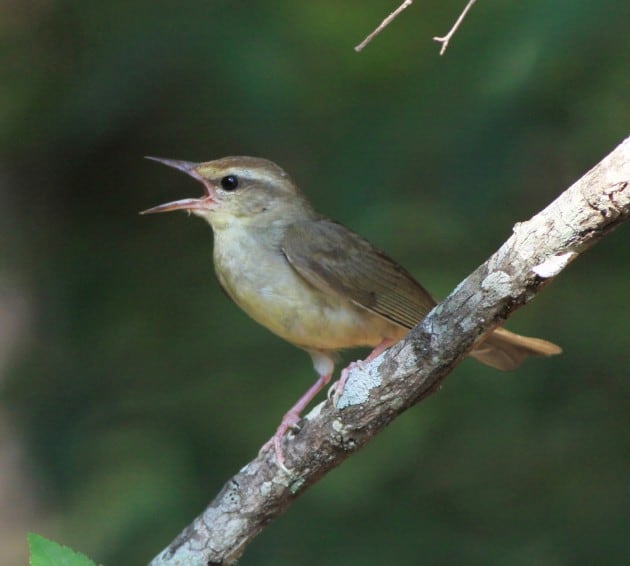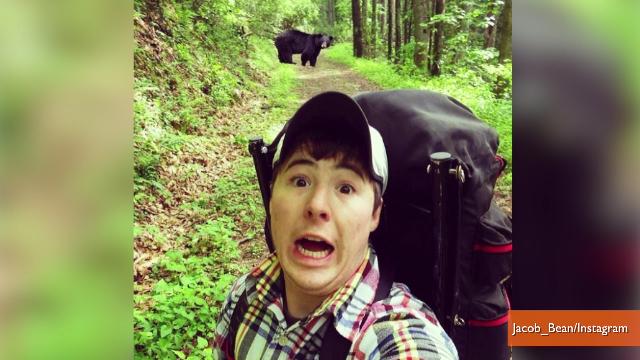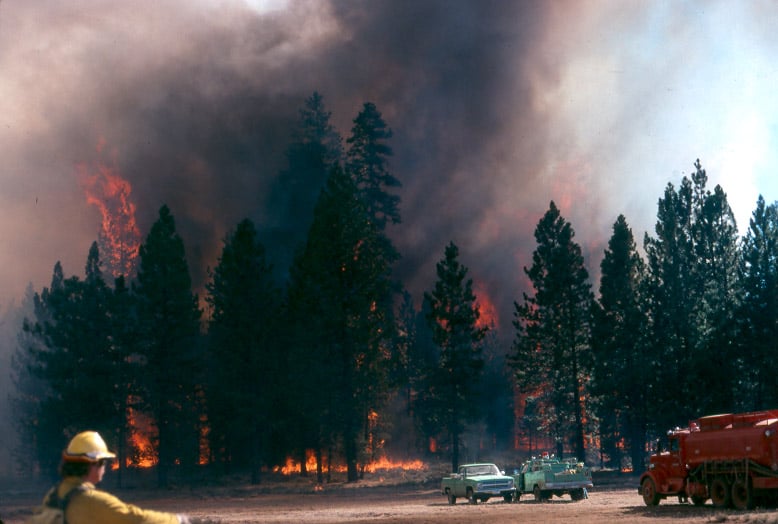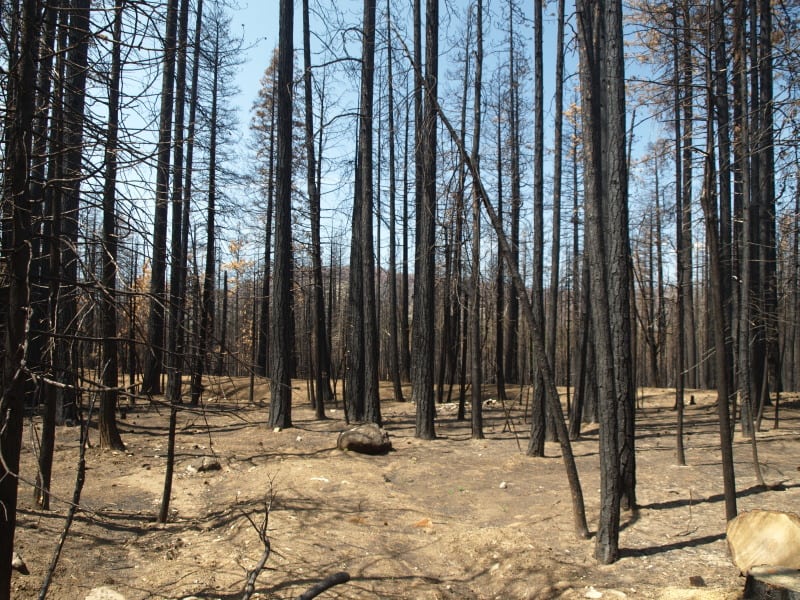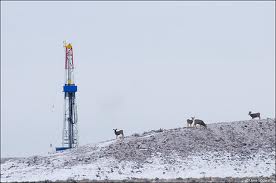I had been subsumed in graduate study but looking through the Denver Post grouse articles I found this story from the AP..from October. It sounds like an approach that the FS would get in trouble if they tried.. does anyone have more info?
GRAND JUNCTION — A meeting next week in Fort Collins about the greater sage-grouse has drawn fire from several western representatives who want to know why public attendance is limited while regulators focus on possible land use issues.
The U.S. Fish and Wildlife Service and U.S. Geological Survey are conducting a workshop Wednesday and Thursday to discuss scientific questions about bird populations. Interior Department officials say the panel includes government agencies, tribes, industry and local conservation organizations.
The department says people who were invited to attend were drafted with help from wildlife agencies so they could focus on scientific issues.
According to The Daily Sentinel in Grand Junction, critics say scientists who favor federal limits are invited, while industries and other critics are being excluded.
“It is disappointing that the Fish and Wildlife Service workshop does not also include an examination of the data relating to population trends, in addition to questions of genetics, since many have questioned the … lack of clear data that Greater Sage Grouse populations range-wide are declining,” according to a letter sent from 18 local representatives to the Department of the Interior.
The letter urges Secretary of the Interior Sally Jewell to cancel the workshop and gather population and other data before the Fish and Wildlife Service decides whether to list the greater sage-grouse as threatened or endangered. Estimates on the number of sage grouse vary from 100,000 to 500,000, raising questions over the need for stricter limits on development.
Sage grouse are chicken-sized birds that live in sagebrush and grasslands. They are known for gathering in spring in breeding grounds called leks, where the males puff themselves out and dance for females searching for mates.
A listing would affect the way lands are managed in 11 states, including Colorado, where state and local officials say it could hamstring the energy industry, particularly in northwest Colorado.
Fish and Wildlife is expected to make a decision on the listing by September 2015.

